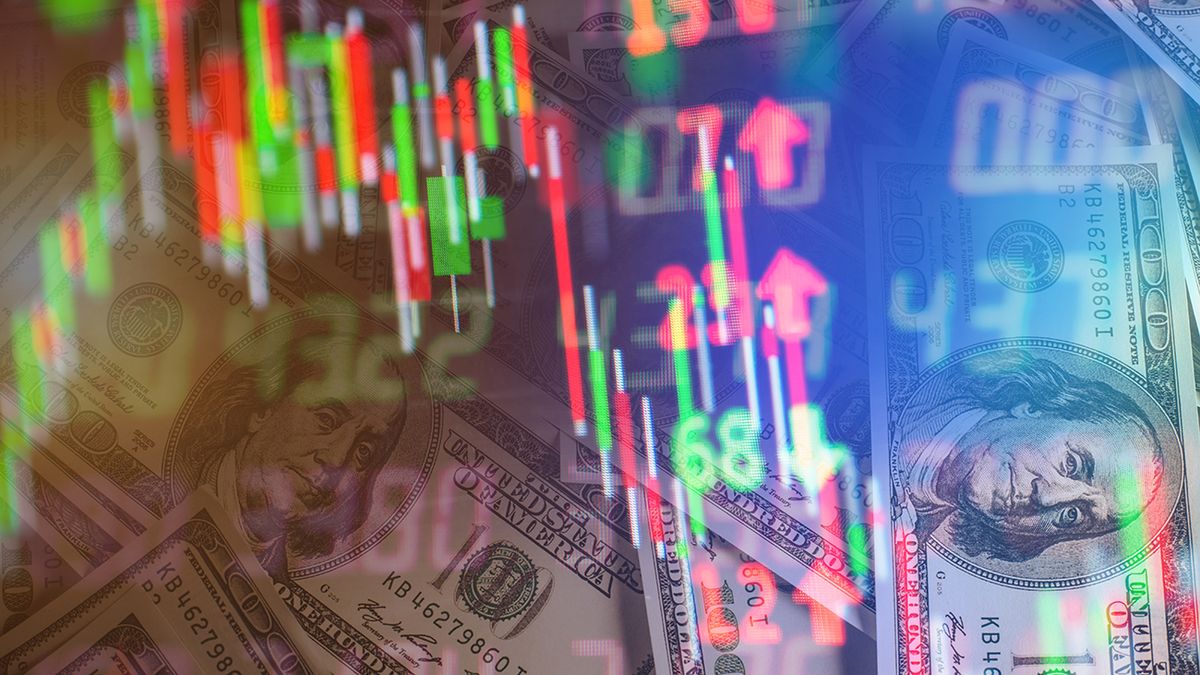He dollar again experienced a drop in Uruguay, marking the sixth consecutive exchange day of decline in its value, and concern is growing in all productive sectors, as well as among the government’s economic authorities who are unable to find a satisfactory response to the exchange rate delay
The dollar is in free fall, and while it doesn’t look like it’s going to pick up any time soon, explanations are missing that allow to give a framework of understanding to a phenomenon that escapes from the hands of the government and limits the competitiveness of the country. In this sense, the argument of a record year in exports was far away and untimely after six months of decline in external placements —they fell 31% in May and 8% in the first four months of 2023. How do you explain the situation of sustained delay?
Record after record, but bad news
Yesterday’s session closed again with the dollar falling, at 38.231 pesos according to the official price of the Central Bank of Uruguay (BCU) and a new setback of 0.51%. In this way, the US currency reached its lowest value in more than three years after six consecutive falls, something that had not happened since last December; and he moved significantly away from the floor of 39 pesos, a modest goal that he had been very close to achieving.
With that value —which has not been registered in a similar way since February 19, 2020—, the price of the dollar registers a drop of more than 4.59% compared to the end of 2022 at 40,071 pesos. In addition, at the year-on-year level, the decline is more than 4.62% compared to the day of June 14 of last year, when it traded at 40,041 pesos. During the month of June, the accumulated drop is more than 1.41% in relation to the value at which it ended in May. In this context, the possibility of breaking the floor of 38 pesos seems increasingly feasible.
Truncated expectations and negative projections
The truth is that, not even after accumulating a drop of 10.65% In the price of the US currency during 2022 —driven, mainly, by the export record that generated a significant inflow of dollars that the supply was unable to absorb—, this scenario of exchange rate delay was imagined.
According to BCU Economic Expectations Surveysthe dollar would be over 40 pesos at this point in 2023. In fact, in the January edition, economic analysts They projected an average dollar of 40.76 pesos for June. The US currency is currently very far from that value, but the argument of record exports is no longer valid to explain the important difference.
Meanwhile, other factors are looming that could further depreciate the US currency. The most recent is the maintenance of interest rates by the United States Federal Reserve (Fed) —and the beginning of what would be a pause in the contractive monetary policy that the entity maintained to control inflation—, whose effect at the global level could be the weakening of the dollar and a greater tendency of investors towards emerging markets.
The correlate in Uruguay would be a weight gain —pushed by the drag effect of the rise of the Brazilian real—, deepening the problem of the exchange rate delay for which the country’s export sectors are demanding interventions from the national government. Added to this scenario are the improvements in the debt note by the most important risk rating agencies: Standard & Poor’s, Moody’s and Fitch; that supported the Uruguayan economy and can, in turn, continue to appreciate the local currency.
On the other hand, the only tool that the government seems to have to at least support the dollar is the Monetary Policy Rate (MPR) In any case, it has not shown great effectiveness —at least not in the expected terms— in resolving the exchange rate arrears.
Source: Ambito




